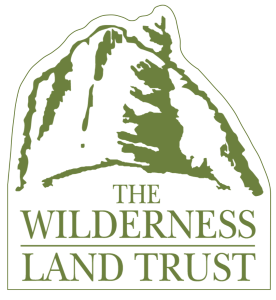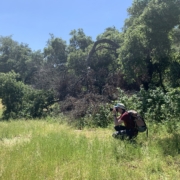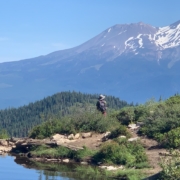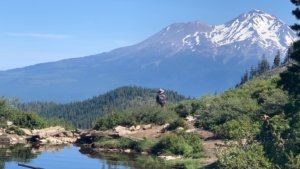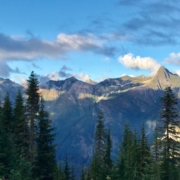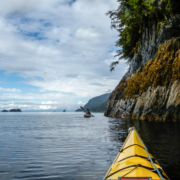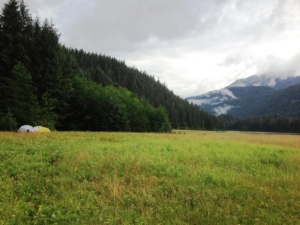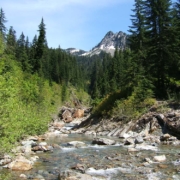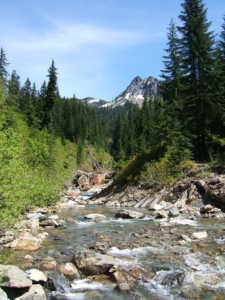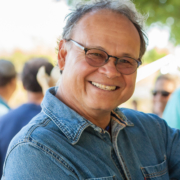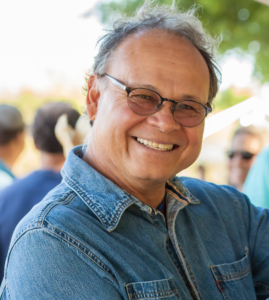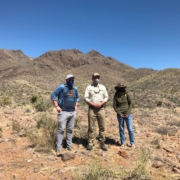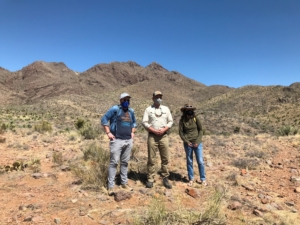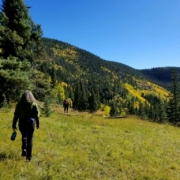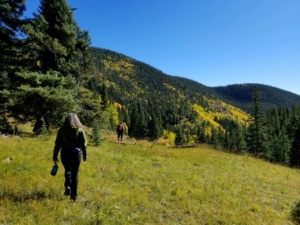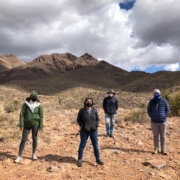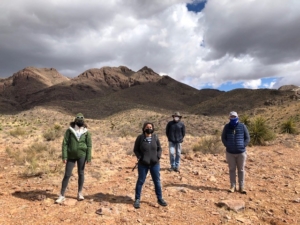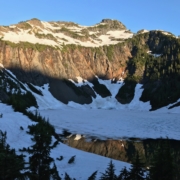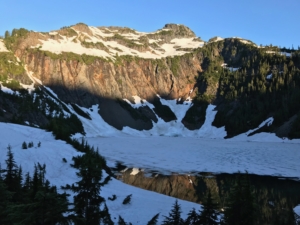Another Santa Lucia Wilderness Success Story
July 9, 2021 – The Santa Lucia Wilderness is located near San Luis Obispo, California, and is a unique refuge for plants, animals and humans that covers the interior coastal range mountains. Designated in 1978, it totals 20,241 acres and is known for its mountain peaks, chaparral-covered slopes and ancient oaks. This landscape is part of more than 1.7 million acres of protected coastal landscapes that provide resilience to a rapidly changing climate. 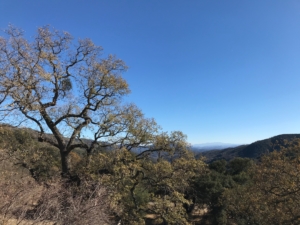
Thanks to your generous support, The Wilderness Land Trust has just purchased 148 acres in the Los Padres National Forest that will add to that total and help provide an important wildlife connection between the existing Santa Lucia Wilderness and a proposed wilderness to the northeast.
Our Trout Creek IV Project builds on our purchase and transfer of three prior properties — Trout Creek I, II, III — that total more than 800 acres, and provides a key link to the planned California Condor Trail, a 400-mile route connecting the southern and northern parts of the Los Padres National Forest. The property’s watershed supports critical habitat for a number of endangered, threatened and sensitive species, including mountain lion, black bear, two-stripe garter snake, California spotted owl, western pond turtle, brown and rainbow trout, and migratory song birds.
Again, thank you for your support of our work to protect federally designated wilderness along the coast of California and ensuring another success story to share with family and friends!
